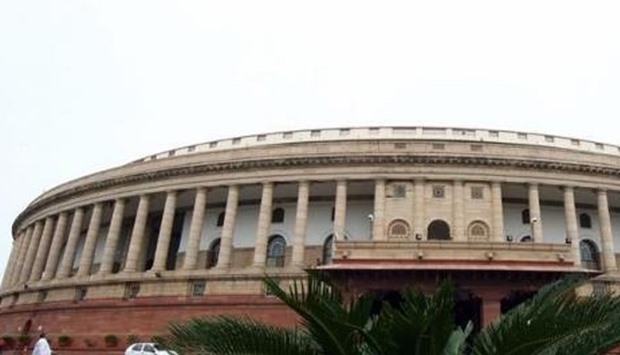The long-awaited bill that cleared the parliament's upper house late Wednesday replaces a patchwork of outdated legislation with a single law and lays down a host of new rules.
The Insolvency and Bankruptcy Code 2016 sets out a 180-day deadline to resolve bankruptcy cases -- currently it takes 4.3 years on average, World Bank data shows, among the longest in the world.
Individuals caught hiding assets or defrauding lenders during the insolvency process can be punished with up to five years in prison or a hefty fine.
At present creditors retrieve just 25.7 cents on the dollar in Indian defaults, compared with 80.4 cents in the US, in part because the process takes so long.
‘Today is a historical day for economic reforms in India,’ the finance ministry said in a statement. ‘In India, the legal and institutional machinery for dealing with debt default has not been in line with global standards.’
Experts lauded the move as one of the most significant financial reforms passed by Prime Minister Narendra Modi's government, second only to a new proposed goods and services tax, currently stuck in parliament.
‘India's bankruptcy laws have long been among the most dysfunctional in the world,’ Shilan Shah, India economist at Capital Economics wrote in a note.
‘If recovery rates are improved, this should ease some of the constraints in the banking sector, which has been a notable weak point for the economy.’
India's banks are struggling under a mountain of soured loans -- in or close to default -- that has sparked concern from economy-watchers including central bank governor Raghuram Rajan.
Vijay Mallya, a liquor tycoon who left the country in March owing $1.34 billion, has come to personify India's problems with bad debt, with lenders scrambling to recover loans made to his now-defunct Kingfisher Airlines.

